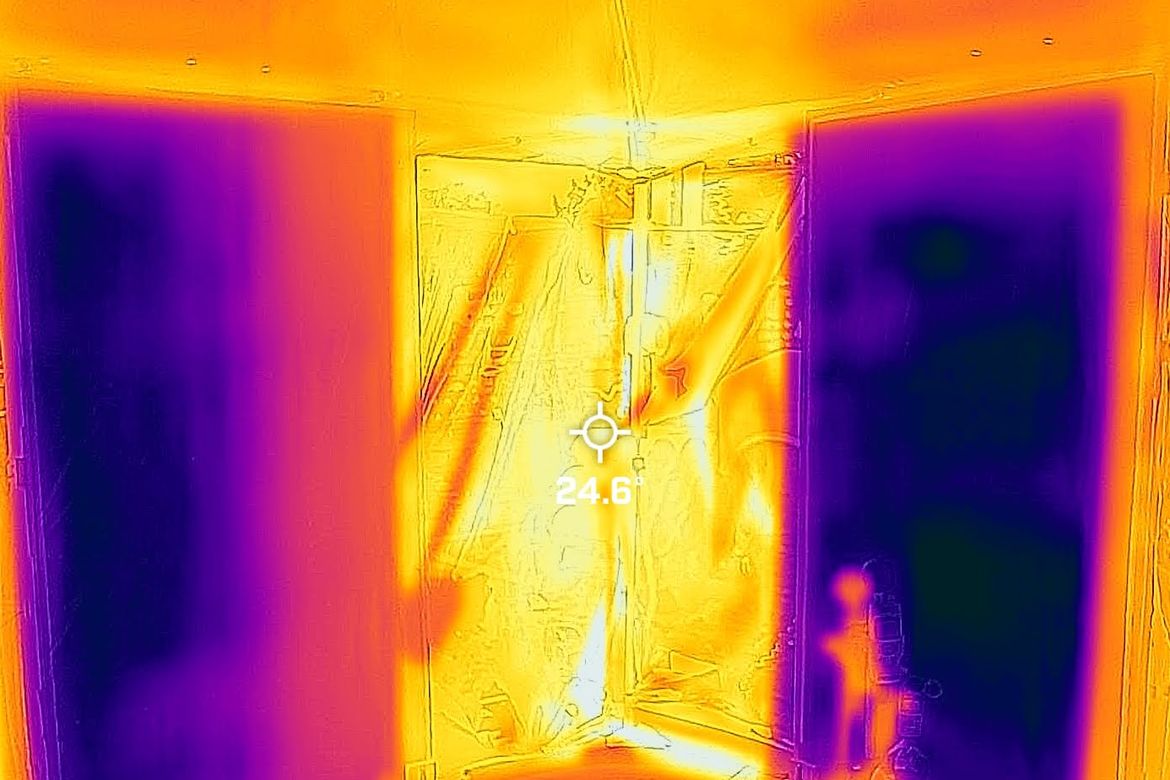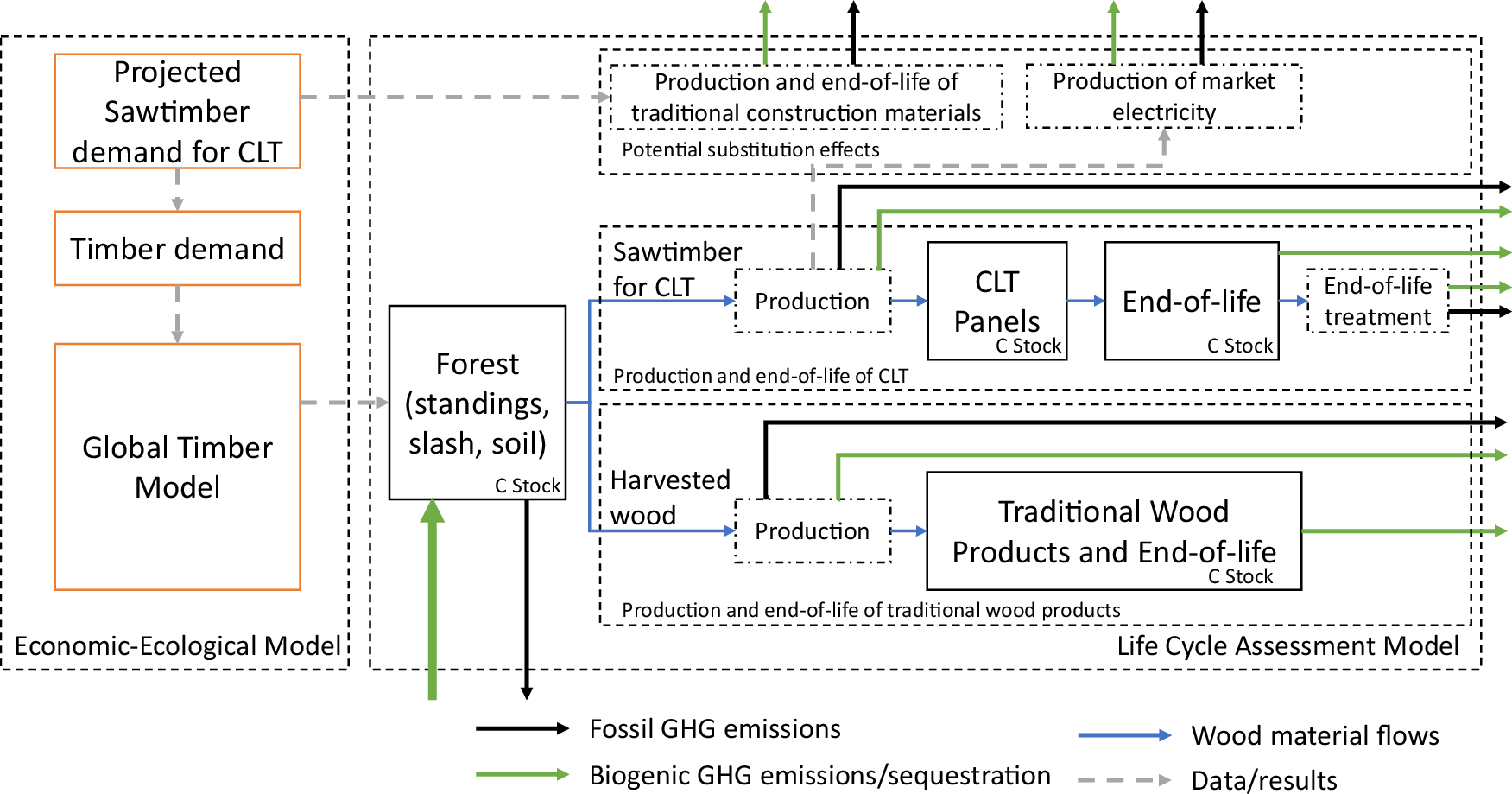2025-07-14 カリフォルニア大学ロサンゼルス校 (UCLA)

Raman Lab/UCLA A thermal camera image of the interior of the cooling structure during field testing in San Fernando.
<関連情報>
- https://newsroom.ucla.edu/releases/ucla-researchers-improve-radiant-cooling-outdoor-temperatures
- https://www.nature.com/articles/s41893-025-01558-0
放射冷却と赤外線反射壁による効率的な屋外の熱的快適性 Efficient outdoor thermal comfort via radiant cooling and infrared-reflective walls
David E. Abraham,Robert Yang,Jyotirmoy Mandal,Mackensie Yore,Xin Huang,V. Kelly Turner,Walker Wells,Kirsten Schwarz,David P. Eisenman & Aaswath P. Raman
Nature Sustainability Published:05 May 2025
DOI:https://doi.org/10.1038/s41893-025-01558-0
Abstract
As climate change accelerates, extreme heat events will intensify, threatening vulnerable populations experiencing dangerous heat outdoors. Active radiant cooling has recently emerged as a promising strategy for outdoor thermal comfort, at it offers cooling at a distance without the inefficiency of conditioning unconfined air. However, for radiant cooling structures to be effective, the overwhelming majority of their internal surfaces must be actively cooled, typically with visibly opaque panels, raising practicality and safety concerns. Here, we demonstrate that thermal comfort can be achieved in an outdoor cooling structure that lightly uses radiant cooling and amplifies this cooling effect using visibly transparent, infrared-reflective surfaces. This approach enables visibly open cooling structures that will be accepted by a wide range of communities. We first derive an analytical model that relates the mean radiant temperature to the proportion of cold and reflective surfaces in a structure. We then experimentally demonstrate such a structure, with human subject testing revealing a substantial enhancement in thermal comfort as experienced by occupants. Our results highlight how next-generation radiant cooling structures can use fewer actively cooled surfaces without compromising on cooling effectiveness. This is a practical approach to enabling thermal comfort outdoors in extreme heat conditions.



